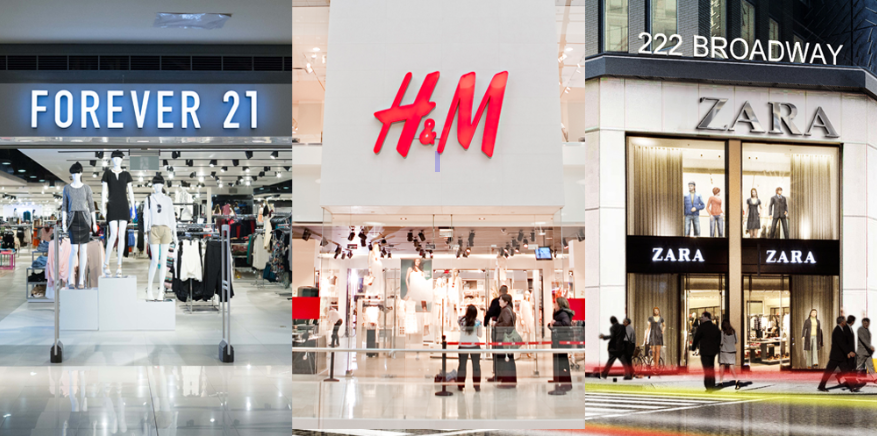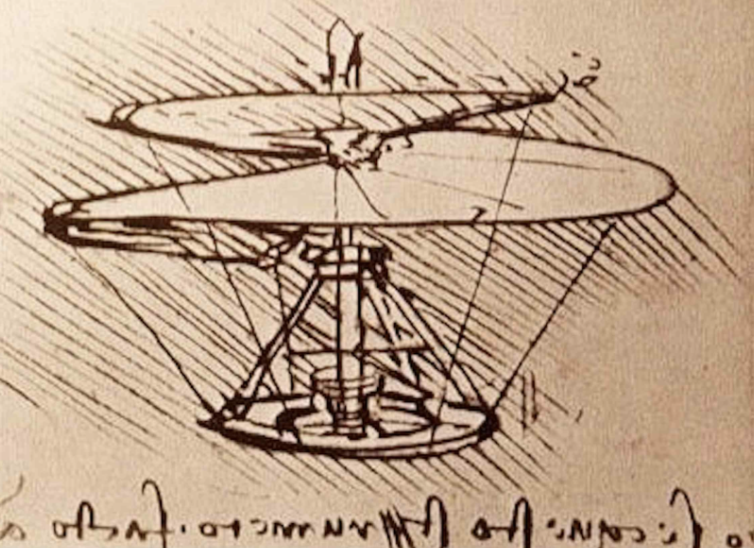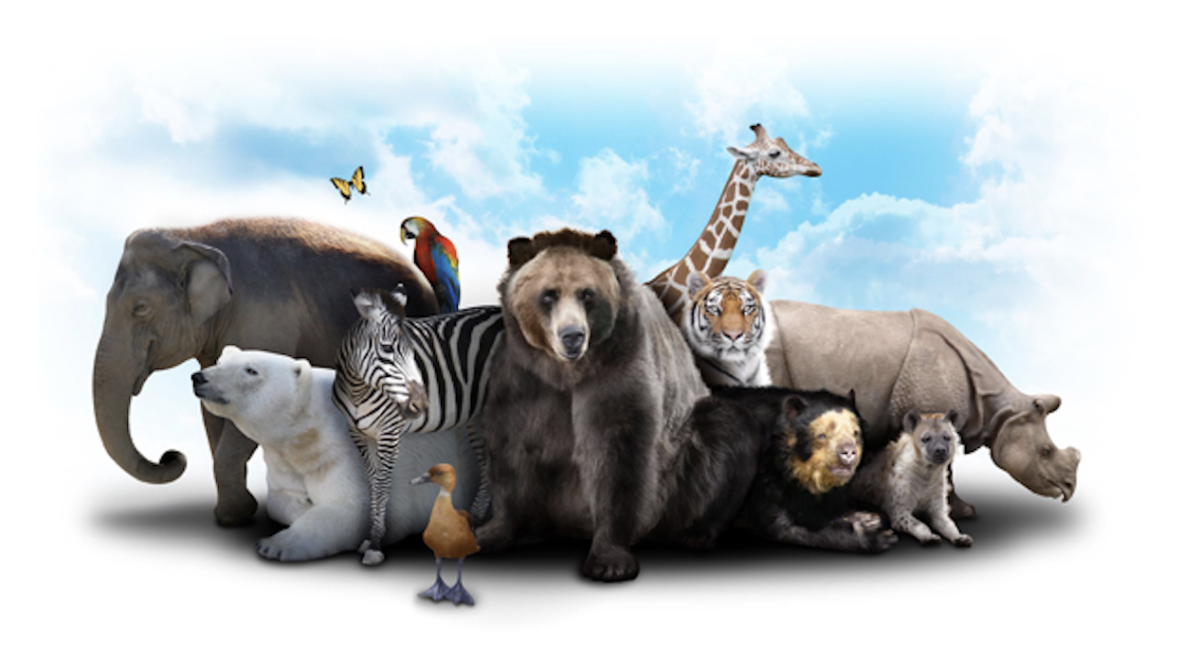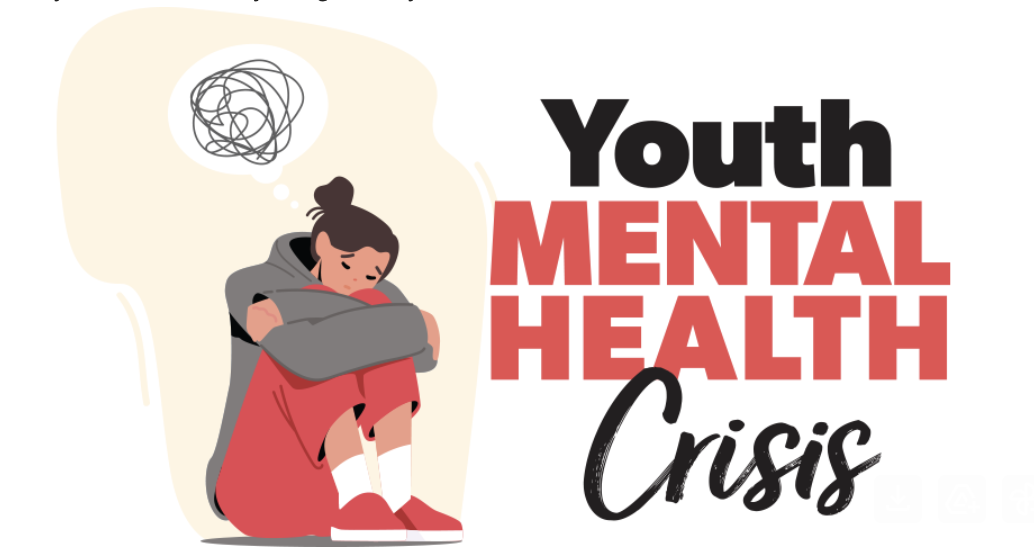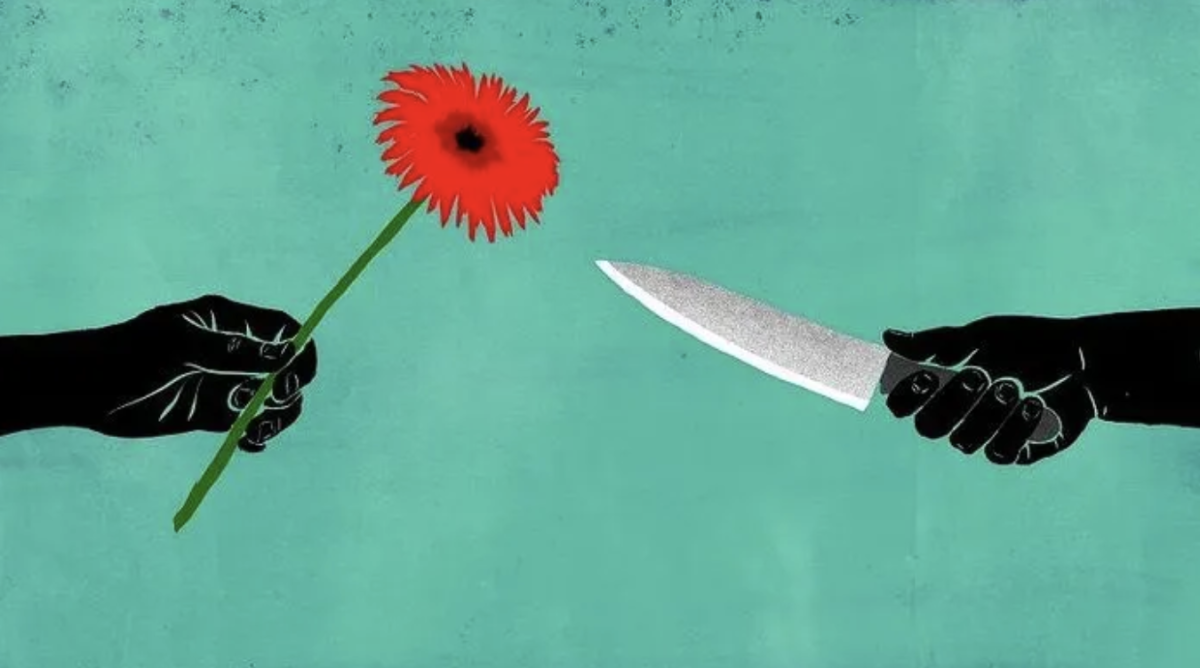Shein. H&M. Zara.
These are some of the most popular brands in this day and age. However, that’s not the only similarity they possess. All 3 of these brands are notoriously famous for being ‘fast fashion’ brands.
What is fast fashion?
According to the Oxford English dictionary, Fast fashion is ‘Inexpensive clothing produced rapidly by mass-market retailers in response to the latest trends.
According to me, however, fast fashion can be summed up in just one word. Cruelty. Cruelty towards low-income socio-economic groups, animals, nature, you name it. The pillars of fast fashion stand upon preying on economically vulnerable sections of society. In an article published by Washington State University, it has been stated that “The fast fashion industry employs approximately 75 million factory workers worldwide. Of those workers, it is estimated that less than 2% of them make a living wage.
This leads to workers living below the poverty line and the European Parliament has even described the conditions of factory workers as “slave labor”. Many garment workers are working up to 16 hours a day, 7 days a week. The textile industry also uses child labor particularly because it is often low skilled, so children can be exploited at a younger age.”
Unfortunately, this is just the tip of the Iceberg. The working conditions for these workers are some of the most unhygienic, harmful, and exploitative places on earth. According to a few sources, more than 90% of these workers get paid less than 50 cents a day, their monthly income being around $30. It has also been estimated that more than 30% of these workers are children from the age of 7 to 15 years. Yes, 7 years.
The miseries of the humans that work for these corporations don’t end here. The employees of these sweatshops often work with toxic and synthetic chemicals, which may be harmful or in the worst cases, deadly.
Imagine going to work every day, knowing the fact that it can cost you your life. Such is the plight of these workers. On asking a few workers why they didn’t resign, they responded with the fact that they are the sole breadwinner of their families and cannot afford to have even a single day off. Also, most of them have taken ‘loans’ from unofficial sources, who exploit these poor people. There is no official agreement to these loans and the people who give these loans out can change the terms of credit as they fancy. Making them slaves in the 21st century.
The most disheartening and inhumane thing I came across whilst researching for this article was the Rana Plaza Factory tragedy.
This was in Bangladesh where the Rana Plaza Factory collapsed in 2013 and 1,100 people were killed and 2,500 more were injured. Safeguards on the building had expired and engineers had even recommended the building should be condemned. However, workers were ordered to come in anyway, and they came for fear of not being paid.
Just to save money, an insignificant amount to these companies, they risk the lives of thousands of human beings. The saying ‘nothing is more important than a life’ is ridiculed by these companies. It is unfortunate to see how many lives and families were destroyed over money that would be peanuts to these organizations.
This tragedy is what caused building inspections on 1,106 factories used by fast fashion companies where 80,000 safety-related issues were found. The only thing that shocks me is why 1100 lives had to be lost before these inspections were carried out.
I never fail to see the double standards of these brands when I enter an H&M store and see the huge posters bragging about how they care for the environment, are sustainable, and care for their workers, while that is far from the truth.
Just in 2022, Zara generated 53 million tonnes of clothing, out of which 20 million tonnes went unsold and were thrown out into nature, many of them being in lakes, where fishes and other animals were trapped and eventually killed.
These clothes can’t be sold again, because they belonged to a ‘micro-trend’ or a trend that lasted 2 weeks and isn’t popular anymore.
While leaving fast fashion is easier said than done, we must at least make an effort to opt for slightly more expensive but slow fashion goods, since they will last much longer than something from these stores.
The next time you’re at Zara or are scrolling through Shien and see something that you want, please ask yourself this question:
“Is it really worth it?”
We must reject the allure of fast fashion and its destructive cycle. Our planet is suffocating under the weight of its environmental toll, while garment workers suffer in exploitative conditions.
Let us choose a different path, one of conscious consumption and sustainable choices, for the sake of our planet, humanity, and the future.
Sources & Recommended Reading:
- https://www.bloomsbury.com/uk/hidden-life-of-clothing-9781350180949/
- https://cleanclothes.org/campaigns/past/rana-plaza
- https://shareok.org/bitstream/handle/11244/329906/oksd_speed_HT_2021.pdf?sequence=1
- https://www.theworldcounts.com/challenges/people-and-poverty/slavery-and-sweatshops/sweatshop-workers-conditions


